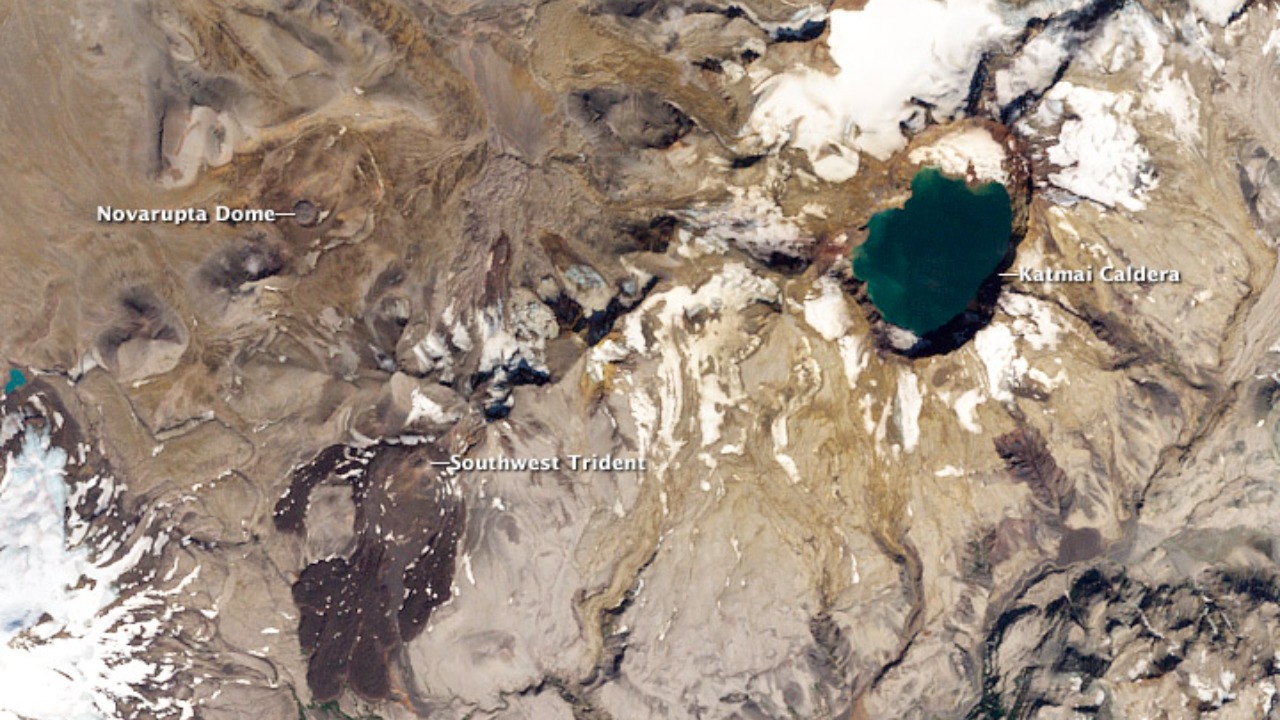
A massive circular structure, approximately 31 kilometers in diameter, lies hidden beneath the Hiawatha Glacier in northwest Greenland. First detected in 2015 and publicized in 2018, this enigmatic feature sparked debate among scientists over its origins – was it the result of a meteorite impact or volcanic activity? A 2024 study published in the journal Geophysical Research Letters has now provided new evidence, favoring the meteorite impact hypothesis. The study reveals the presence of shocked quartz minerals, indicative of a high-energy collision, dating back to around 58 million years ago during the late Paleocene.
The Initial Detection
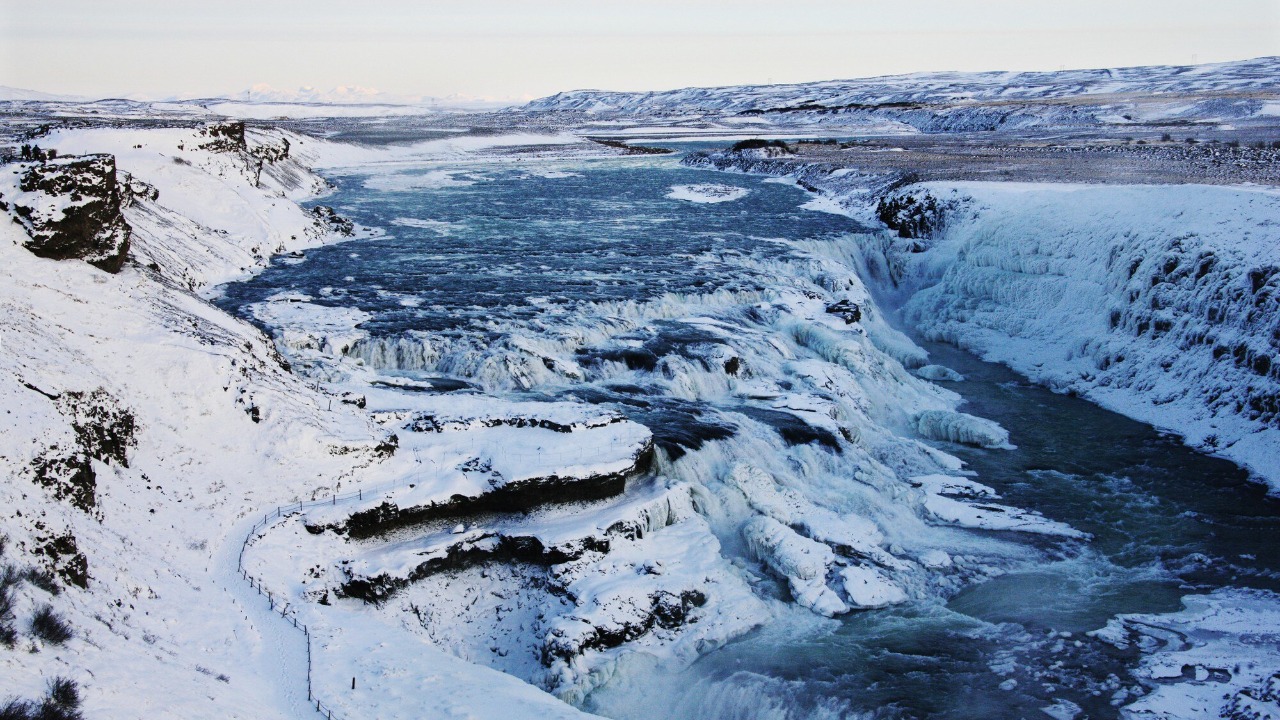
The first hint of this mysterious structure came from airborne radar surveys conducted by NASA’s Operation IceBridge in 2015. These surveys revealed a gravity anomaly beneath the Hiawatha Glacier, suggesting the presence of a dense subsurface material. The anomaly, which lay up to 1 kilometer below the ice surface, measured about 31 kilometers wide, but remained hidden until radar imaging was able to penetrate the 1-kilometer-thick ice sheet.
In 2018, researchers from the University of Kansas and other institutions publicly announced the discovery. The site’s remote location in northwest Greenland, however, made it inaccessible for direct investigation, sparking a debate over its origins and nature.
Debating the Origins: Volcanic Hypothesis
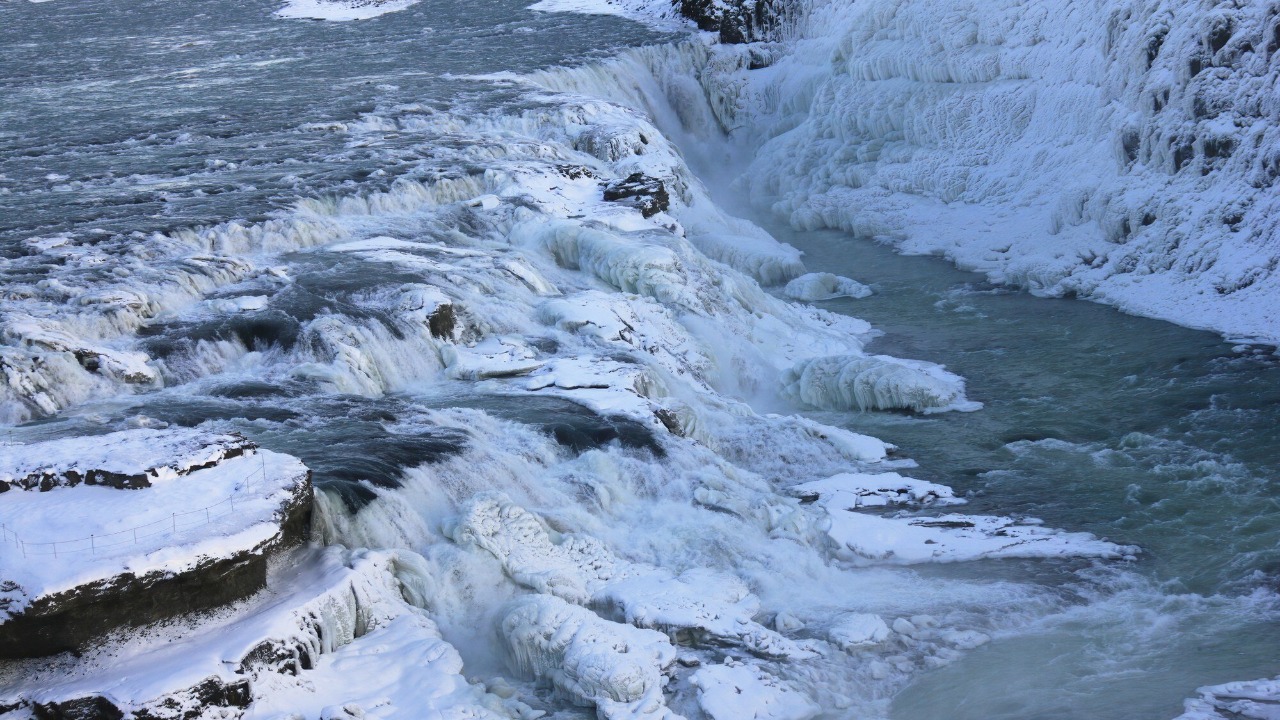
Early analyses proposed a volcanic theory, suggesting that the structure could be an ancient caldera from Greenland’s geological past. This theory linked the structure to the North Atlantic Igneous Province, which was active around 58 million years ago. Evidence supporting this hypothesis included the presence of basaltic rocks in surrounding areas and the possibility that magma upwelling could have created the circular depression.
However, this view faced challenges, primarily due to the lack of typical volcanic ejecta in ice cores from the region. This absence of evidence cast doubt on the volcanic origin theory, leading researchers to explore alternative explanations.
Evidence Pointing to a Meteorite Impact
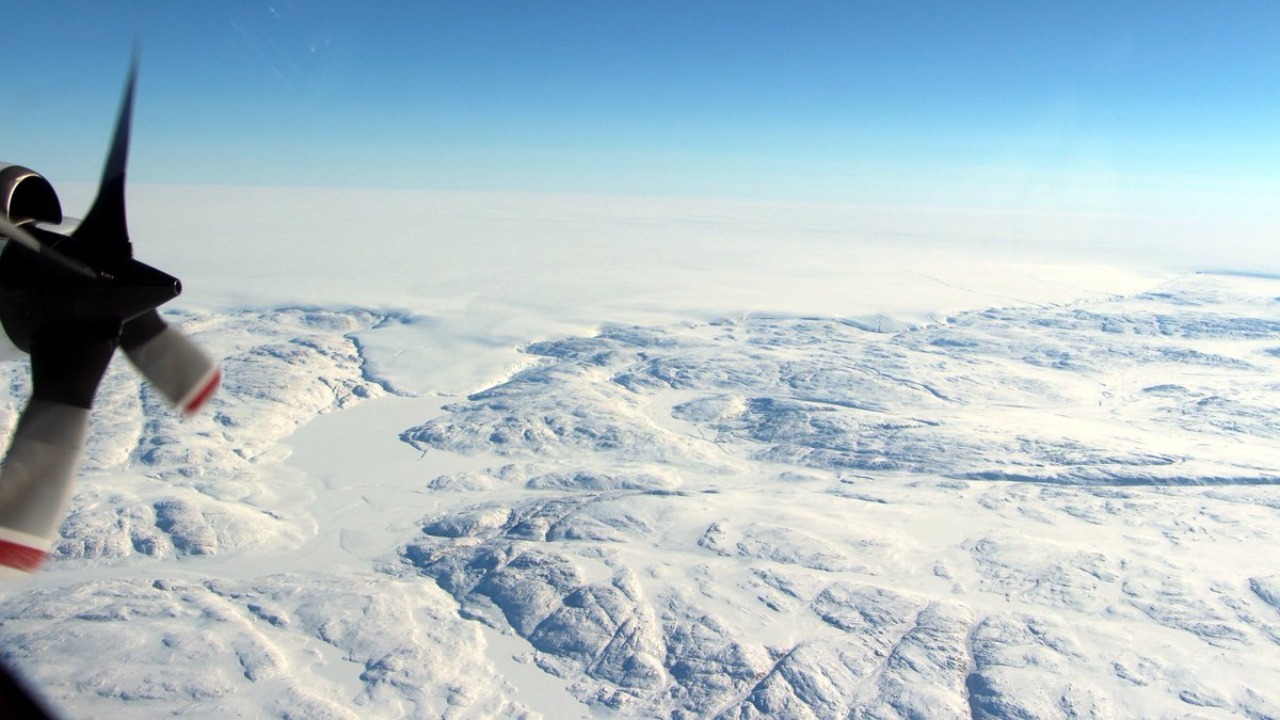
The 2024 study provided compelling evidence in favor of a meteorite impact. The researchers analyzed seismic wave data from earthquakes recorded near the Hiawatha Glacier. The acoustic properties of these waves were consistent with fractured bedrock, a characteristic feature of impact events.
Further evidence came from the discovery of shocked quartz grains in sediment samples. These grains, formed under extreme pressures exceeding 5-10 gigapascals, are a hallmark of meteorite collisions. The shocked quartz was dated to approximately 58 million years ago, aligning with the proposed timeline of the impact event. Additionally, the crater’s morphology, including a raised rim and central uplift, closely resembled known impact craters like Chicxulub, further supporting the impact hypothesis over volcanic formation.
Scientific Methods and Challenges

The investigation of the Hiawatha Glacier structure required the integration of radar, gravity, and magnetic data from multiple expeditions, including those conducted by NASA. This approach allowed researchers to map the subsurface without direct drilling, a task made difficult by the remote location.
Logistical hurdles, such as the glacier’s rugged terrain and extreme weather conditions, limited ground-based sampling. However, recent advancements in drone technology have facilitated more extensive sampling efforts. The study also highlighted the importance of international collaboration, with teams from the U.S., Denmark, and Sweden contributing to the data analysis for the Geophysical Research Letters publication.
Implications for Earth’s Geological History
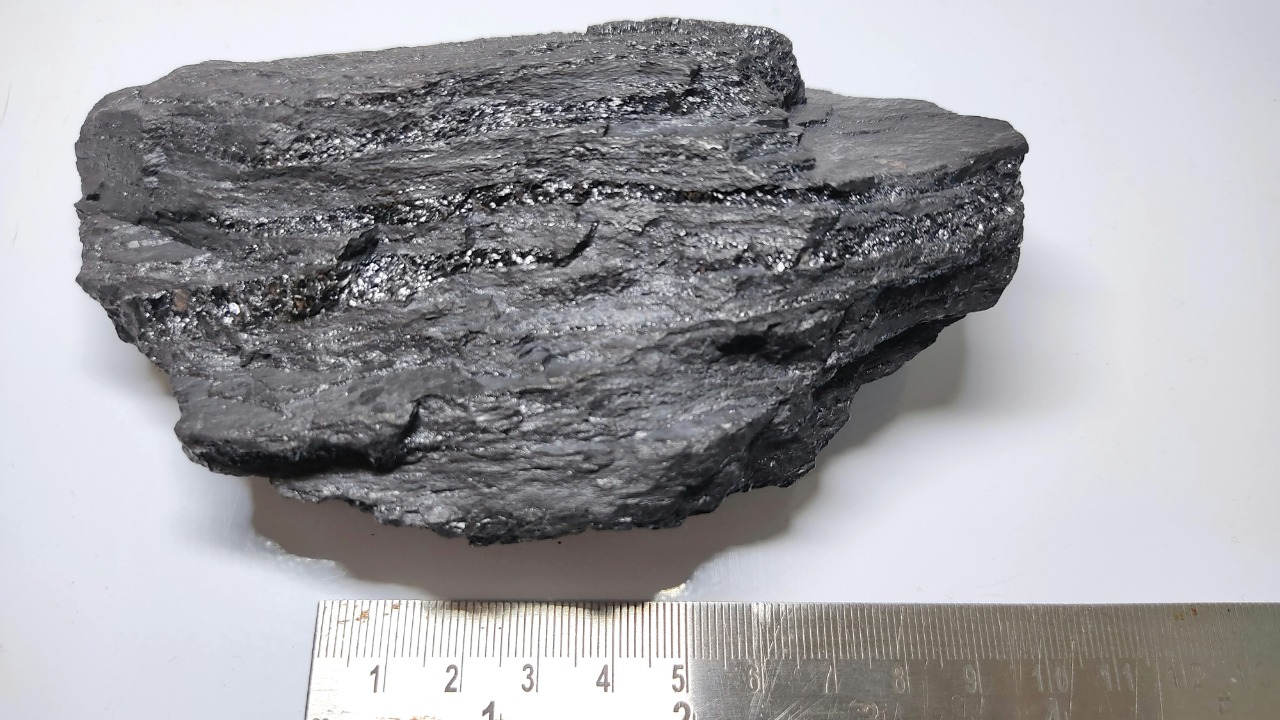
The confirmation of a meteorite impact around 58 million years ago has significant implications for our understanding of Earth’s geological history. This timeline coincides with the Paleocene-Eocene Thermal Maximum, a period of intense global warming. The impact event could have influenced this warming through the release of atmospheric dust.
The size of the impacting meteorite, estimated at 1-2 kilometers in diameter based on crater dimensions, would have released energy equivalent to billions of tons of TNT. This event could have had broader effects on Greenland’s ice sheet stability, as the underlying structure may influence current melt patterns.
Future Investigations and Unresolved Questions
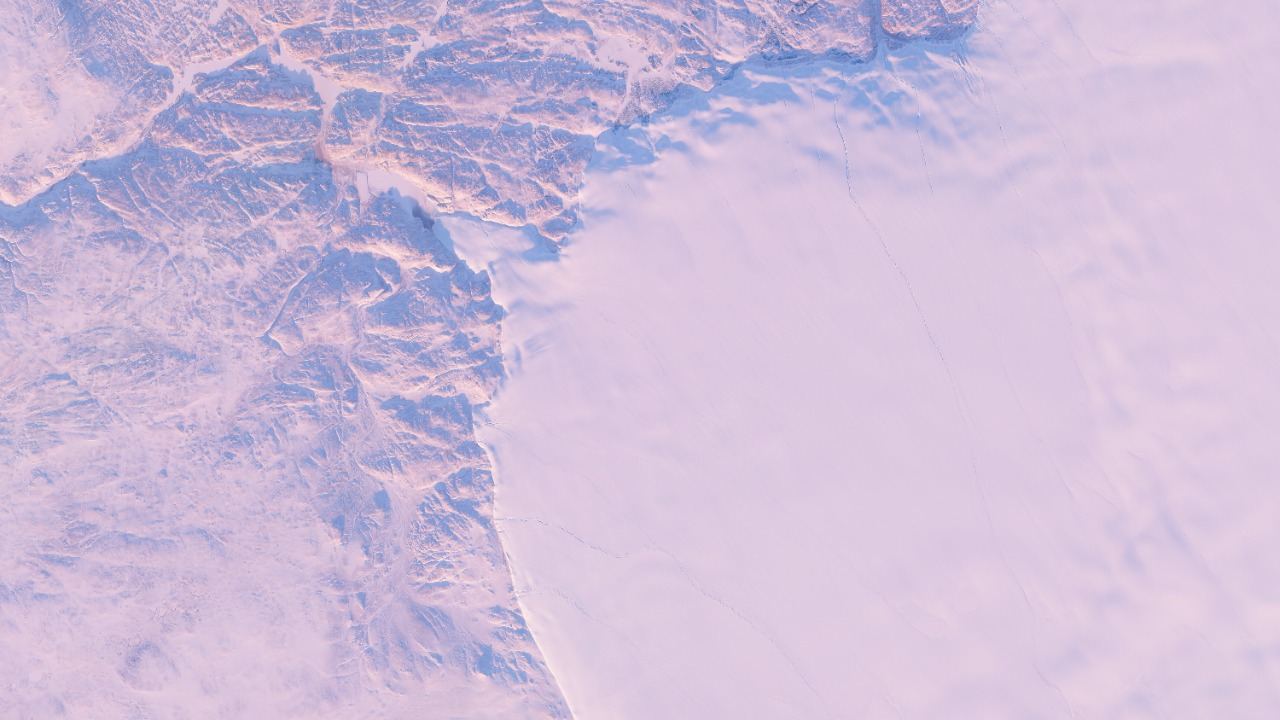
Despite the compelling evidence for a meteorite impact, several questions remain. Future investigations include planned drilling projects to extract core samples directly from the crater site. These samples could provide further evidence to confirm the impact timeline and reveal the composition of the meteorite.
There are also ongoing debates about whether volcanic activity could have modified an older impact site. Additionally, there is a need for more seismic stations in northwest Greenland to improve data collection. The discovery of the Hiawatha Glacier structure also raises the possibility of similar undiscovered craters under other ice sheets, highlighting the need for expanded global surveys.